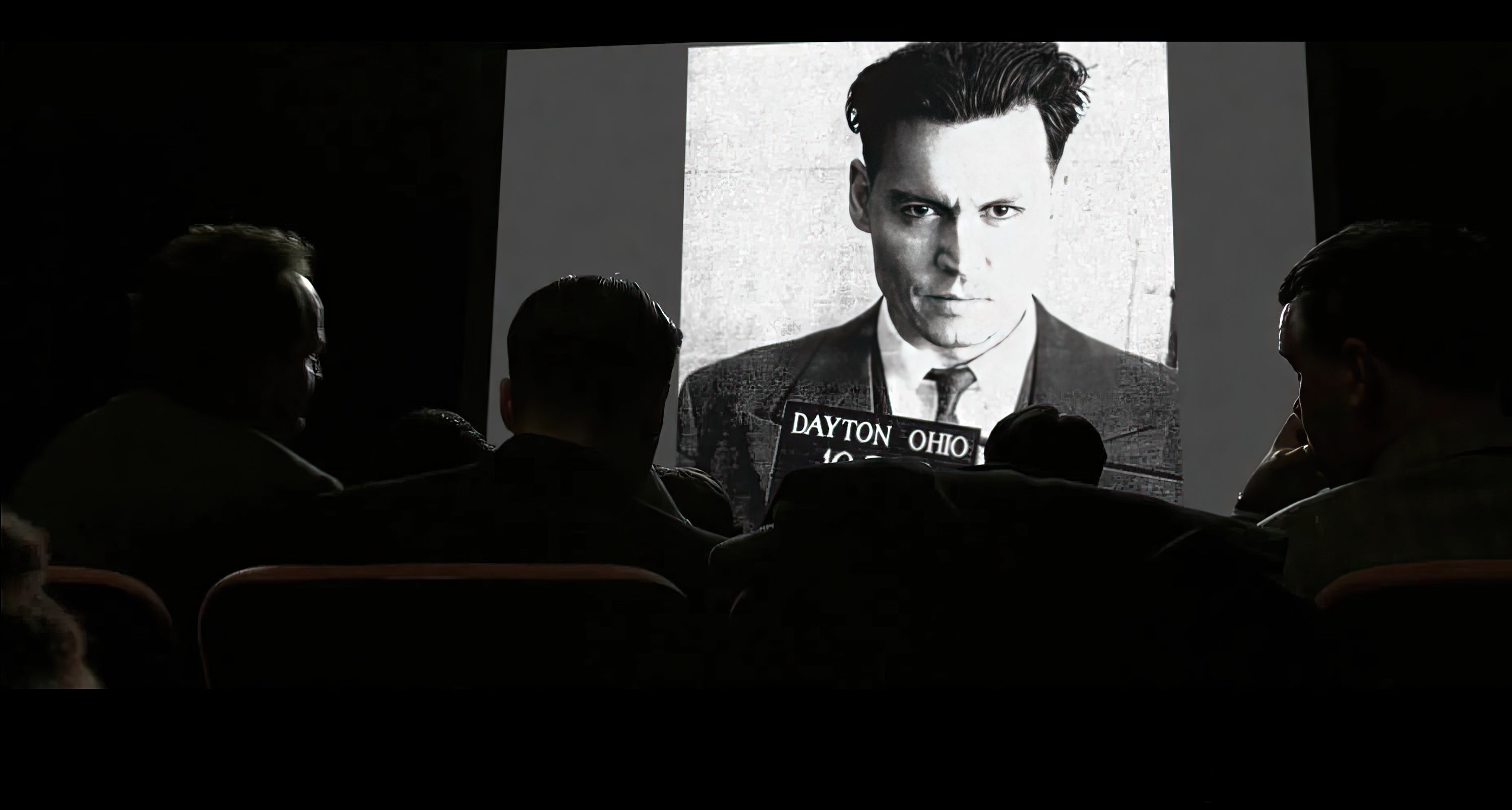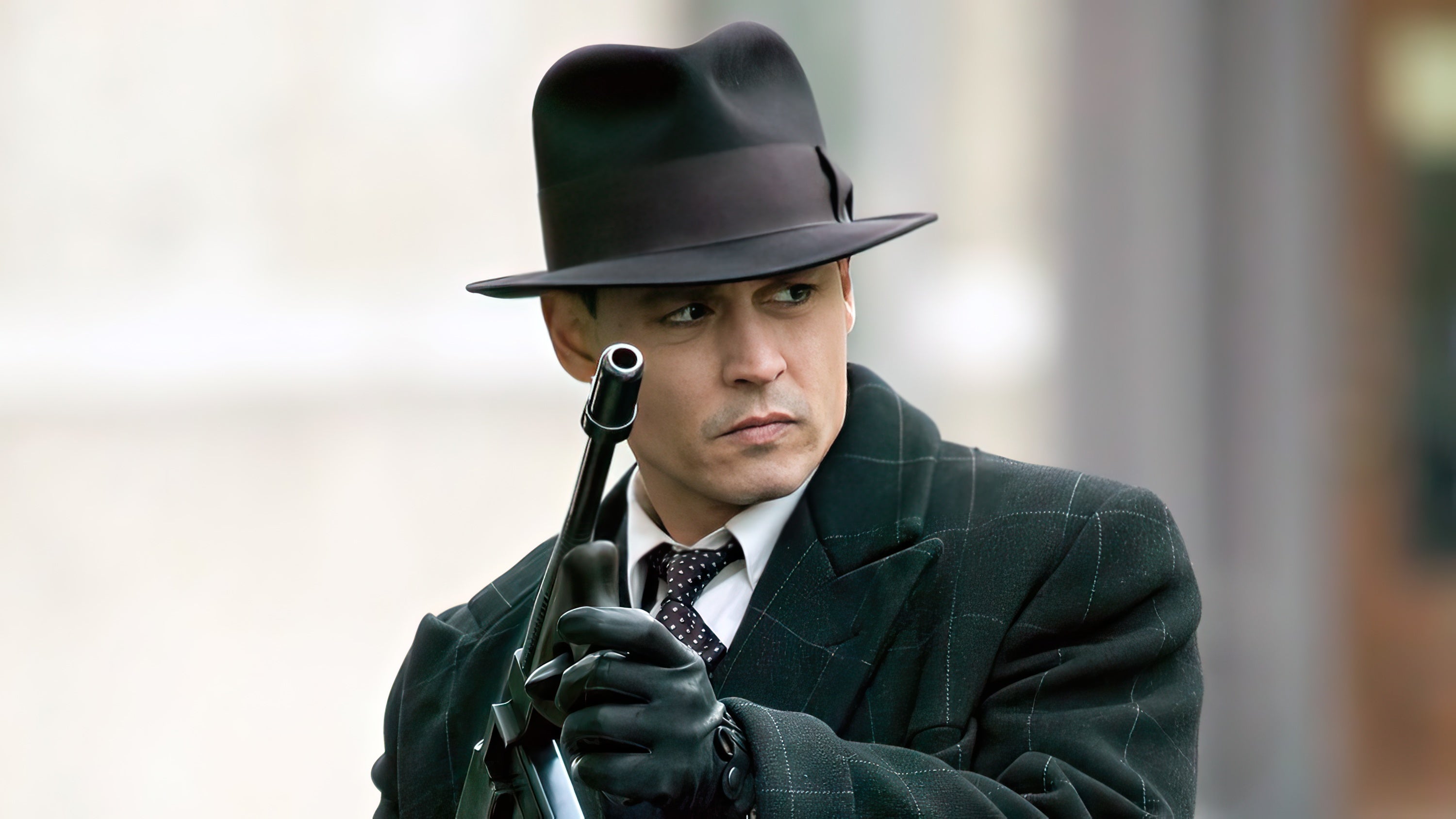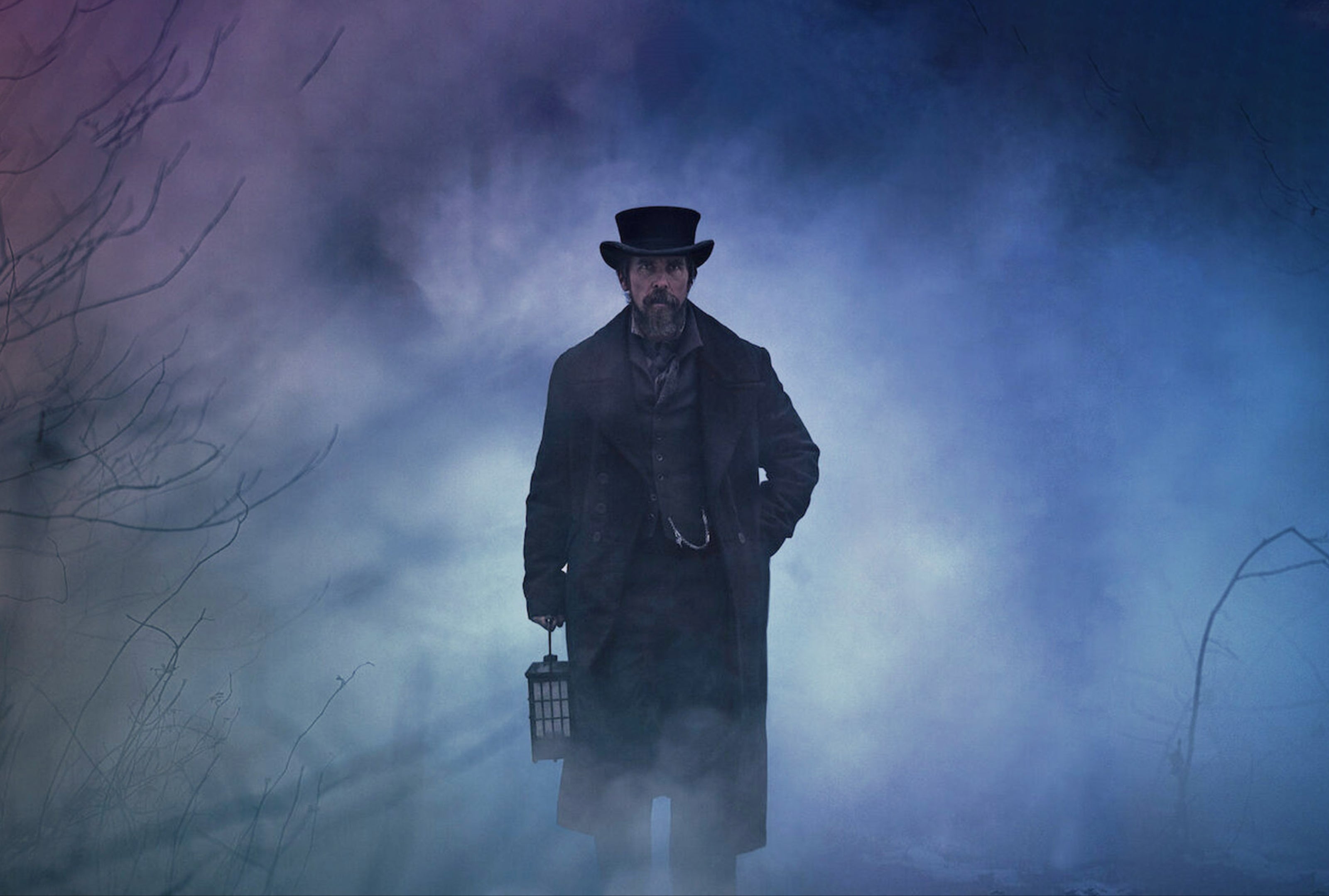
Public Enemies (Book to Screen)
More than 70% of films each year are adapted from books and other source material. A frequent lament among readers (and some authors) is that the screenplay doesn't adhere to the book. But books and films are different mediums. The goal of the screenwriter in adapting a book into a script is to capture the essence of the story and turn it into a visual experience (not a narrative experience, such as a book). And the screenwriter must do all this within 120 pages or less. Not an easy feat!
The 2009 film Public Enemies (adapted from the narrative nonfiction book by Bryan Burroughs) is an example of why straying from the book, and sometimes making radical revisions, are necessary for the screenwriter to create a better experience for movie-goers.
Bryan Burrough’s gripping crime history, Public Enemies: America's Greatest Crime Wave and the Birth of the FBI, 1933-34, follows the exploits of some of the most notorious outlaws of the 1930’s. Writer-director Michael Mann, along with screenwriters Ronan Bennett and Ann Biderman, have extrapolated the story of John Dillinger and created a poignant and visually captivating film.
Burrough’s extensively researched 550-page book devotes a great deal of space to Dillinger and his bank robbing cohorts – providing the screenwriters with more than enough vignettes from Dillinger’s real life to create each scene in the script, without having to rely on inventing characters or scenarios to tell the story.
The challenge in adapting Public Enemies for the screen does not come from a lack of exciting tales to tell, but the fact that Dillinger’s story is devoid of any real character development and easily becomes episodic - moving from one bank robbery, shootout, and chase, to the next
The screenwriters confront this issue by:
1. Focusing on theme (instead of a character arc), and
2. Manipulating the truth to create greater emotional impact
Emphasizing Theme
Mann, Bennett, and Biderman focus on dual themes:
* The demise of the lone, individualistic criminal, and
* The rise of the FBI as a national police force
America’s greatest crime wave of 1933 and 1934, which saw the likes of Dillinger, The Barker Gang, Pretty Boy Floyd, Bonnie and Clyde, Machine Gun Kelly, and Baby Face Nelson all operating at the same time, was not actually the beginning of a crime wave, it was the end of one. The golden age of bank robberies ran from 1925 to 1932. By 1933 and 1934, the lone ‘Robin Hood” bank robber and his gang were on the way out and organized crime was moving in.
The writers effectively portray this oncoming extinction, contrasting the modern, sophisticated mob against Dillinger’s rag-tag crew, in a scene in which Dillinger stands in a room filled with people "working" the mobster’s telephones. He is delivered the fateful statement: “Your $74,000 – we make that every morning with our operation here.” The message is clear. Dillinger’s way of life is over.
Hoover’s rise to power was not slow and methodical. It erupted in 1933 among an atmosphere of fear and propaganda and the idea of the heroic G-man, which Hoover used to promote his ambitious project - the creation of a national police force: the FBI. The screenwriters deftly weave this thread throughout the script and lay the framework in an early scene depicting Hoover’s attempt to boost his organization (using the crime wave as a means to build his power) at a hearing in front of a congressional subcommittee. In another early scene, Hoover is shown maneuvering to position himself at a press conference, where he introduces Melvin Purvis as the new top dog.
Manipulating Truth for Greater Impact
The writers do an excellent job of closely sticking to historical facts and presenting a realistic portrayal of Dillinger (though they maintain an aloof distance from the main character, perhaps this is due to Mann’s stylistic preferences) – demonstrating his turbulent lifestyle, his well-documented charm and wit, his rise to depression-era anti-hero, celebrity status, and his acceptance of the fatal inevitability of his path.
Let’s look at a few key areas where the screenwriters manipulated truth to create a better experience for the audience.
The Opening Sequence
The film opens with a powerful series of scenes depicting Dillinger leading a prison-break. It has all the great elements necessary for an opening scene, and is a wise choice for starting the story. But if the writers had stuck to historical accuracy, the main character would have been absent from the scene. In real life, Dillinger planned the jailbreak while he was out on parole – but a few weeks before the break was to go down, he was re-arrested and incarcerated at a different prison. You can’t have an opening scene without the protagonist, so the writers twisted the facts to allow Dillinger to be present and play a key role in the opening sequence.
Rearranging Chronology
The screenwriters significantly shift the chronology of events throughout the film. Pretty Boy Floyd is shown being chased through a field and shot down by Melvin Purvis less than 20 minutes into the story. Several of Dillinger’s gang and associates, and even Baby Face Nelson are depicted as being killed prior to Dillinger’s demise. In reality, Dillinger went down before most of his gang was killed and both Baby Face Nelson and Pretty Boy Floyd outlived Dillinger.
So why do the writers shift the events to depict so many outlaws being killed prior to Dillinger’s death? Because it raises the stakes. If the audience doesn’t witness any real consequences associated with Dillinger’s lifestyle then they lose interest in the journey. The deaths of his associates foreshadow the inevitable and keep the audience engaged with the dramatic premise.
Maintaining a Love Story
Public Enemies is both a gritty and romantic film. Dillinger’s real-life relationship with Billie Frechette may have indeed been a true love story. They were dedicated to one another - he only straying after her arrest, and she never divulging any details about Dillinger until after his death and her release from prison (at which time she toured the country speaking on the topic of Dillinger and the ills of crime - in exchange for a paycheck.)
Still, a good story requires the love relationship to be maintained throughout – or for at least as long as possible. To that end, the screenwriters keep Frechette in the narrative longer than her stay in real life. In actuality, Billie was arrested prior to several bank robberies and the tragic events that unfolded at Little Bohemia. In the script, Frechette is present at Little Bohemia and the couple ultimately reconnects in a dangerous rendezvous (again upping the stakes for Dillinger.)
Another tool the writers use to deepen the impact of the love story and connect the audience are the fabricated final words Dillinger speaks to Agent Winstead: “Tell Billie for me… bye bye blackbird…” This final scene closes the film on a poignantly sad note. The viewer is left with a feeling of loss and regret (as are the characters). In truth, Dillinger never spoke these words. He never spoke any words after he was shot outside the Biograph Theater.
All protagonists need key relationships with other characters for the audience to root for. We need to see the main character care for others and others care for him (especially in the case where the protagonist is a "bad guy"). This manufactured scene is necessary to tie the love relationship back into the story and create meaning and emotional impact.
Creating a Consistent and Strong Antagonist
Every protagonist needs a strong and consistent opponent. In reality, even though Dillinger was always pursued by law enforcement, Hoover and the FBI did not become fully engaged in "getting their man" until after the Crown Point murder (in which Dillinger shot and killed a police officer) – fairly late in his criminal career. In attempting to catch Dillinger, Melvin Purvis made numerous missteps, committing one embarrassing and deadly blunder after another throughout Dillinger’s crime spree.
Purvis was eventually demoted by Hoover and replaced in June 1934 by a man named Sam Cowley. Cowley was actually the man in charge of arranging and overseeing the events on the night Dillinger was killed. Of course, none of us has ever heard of Sam Cowley. Melvin Purvis is known as the man who took Dillinger down, and ultimately the screenwriters are forced to turn Purvis into something his was not in real life.
It serves the story to create a clearly identified opponent who consistently and relentlessly pursues Dillinger. Positioning Melvin Purvis as the determined heroic G-man from the beginning of the story through the end raises the stakes and provides the conflict necessary for a compelling story. As Dillinger’s nemesis, Purvis is an opponent who is clearly identified (he has a name, he is not simply a law agency), consistent (he remains the single main opponent throughout the story), and relentless (he is a worthy opponent who is always just one step behind.)
Adaptation is not alliteration. The art of adapting source material into a script requires understanding what is best for the story and carefully selecting those elements to serve the narrative throughline. The revisions the writers made to the true events surrounding Dillinger’s life ultimately worked to create a better screenplay.
Get the Book: Digital Book (Apple Books) | Audiobook (Apple Books)
Get the Movie: Digital Film (AppleTV)










